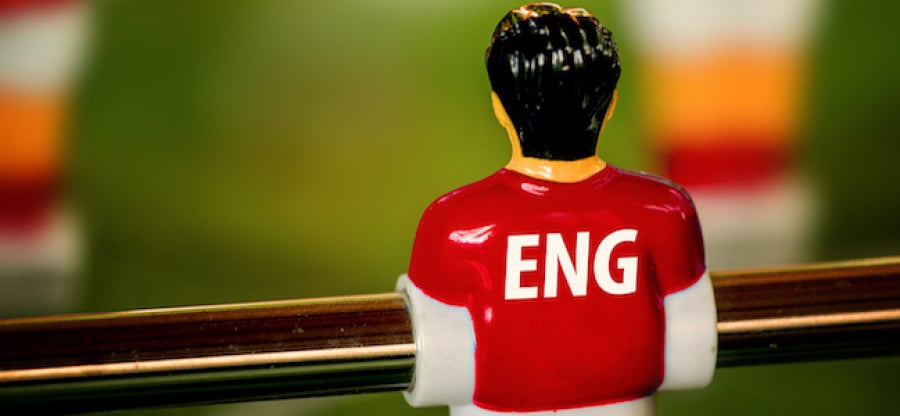Are England’s current Home Grown Player requirements sufficient to produce an elite national team?

On 6 April 2017, the English Football League (“EFL”) announced that its 72 members clubs (each of whom compete in one of the three divisions that the EFL oversees – the Championship, League One, and League Two) had approved proposals to increase the number[1] of “home grown players” in their match day squads for the 2017-18 season and to also include at least one “club-developed” player in the 2018-19 season[2].
This article considers the genesis of home grown player requirements within European football; the current requirements that are in place in both the EFL and the English Premier League (“EPL”); and considers whether or not the requirement to name “home grown” players in match day squads is an effective means of developing elite English-qualified talent and providing them with sufficient opportunities in first team football. Specifically, it looks at:
- “Home Grown” and “Club-Developed” player requirements in the EFL
- Home Grown Player requirements in the EPL
- The genesis of Home Grown Player requirements in European football
- Why have the EFL implemented changes to its Home Grown player regime?
- Can we expect the introduction of club-developed players in the EPL?
- Are the current Home Grown Player requirements an effective means of producing elite English-qualified players?
To continue reading or watching login or register here
Already a member? Sign in
Get access to all of the expert analysis and commentary at LawInSport including articles, webinars, conference videos and podcast transcripts. Find out more here.
- Tags: EFL's Rules and Regulations | Employment | England | English Football League | European Commission | FIFA | Football | Governance | Home Grown Player Rules | Premier League | Premier League Handbook | Regulation | The Football Association (The FA) | UEFA | United Kingdom (UK) | Wales
Related Articles
- The foreigner debate: Is the Home-Grown Player Rule fit for purpose?
- The football law basics: Making sense of football phrases
- The FA’s new work permit system & proposal for new “home grown” rules
- How to measure the performance of football clubs’ youth development academies
Written by
Phil Bonner
Phil Bonner is an associate at Centrefield LLP, a sports and media law boutique based in Manchester, England.




